Purple Owl’s Clover
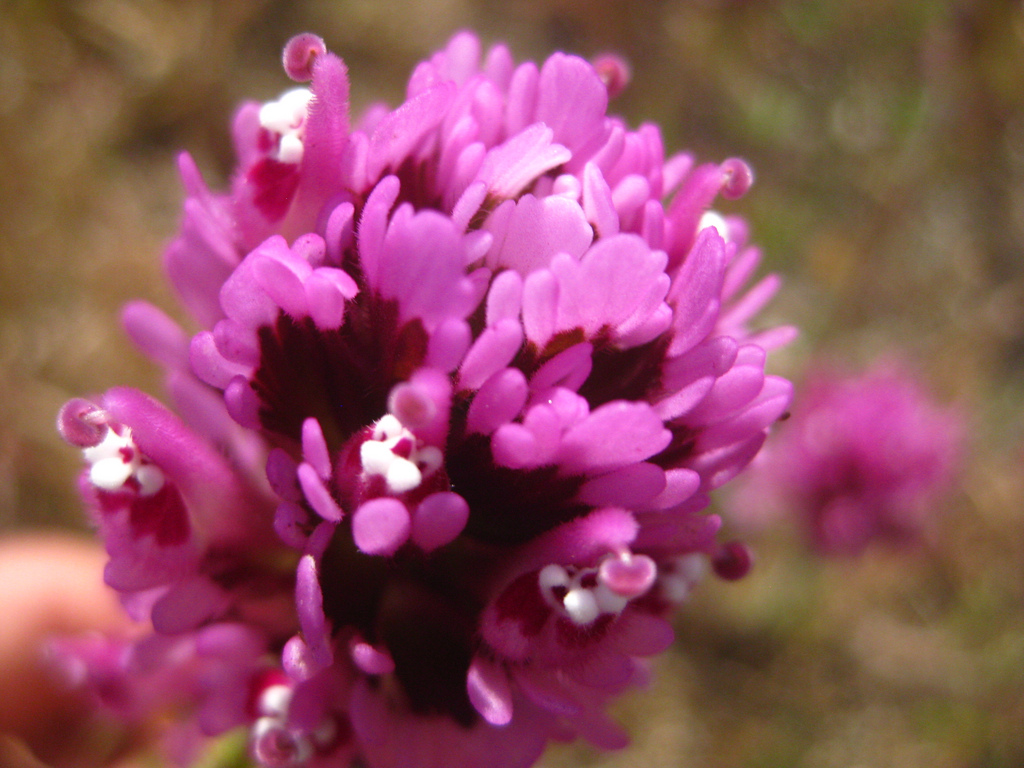
Few things are more beautiful than a field of purple owl’s clover. It’s found in the chaparral and along the coast. It can grow up to 18 inches tall. It’s the perfect plant for creating colorful drama in your drought tolerant garden.
Early Garden Color
Purple owl’s clover’s blooming season runs March through May. It’s an annual in the Indian paintbrush family. It brings welcome color in shades of true purple to magenta. The base of the petals can be burgundy. The combination of colors and the way that the petals spread out do make the plant resemble a paintbrush.
Purple owl’s clover grows in clumps of about a dozen flowers. Each stem is covered with long, slender leaves. The plant is technically a shrub. It’s fast growing, so you won’t have to wait long to enjoy its showy beauty. It grows so thickly that the seedlings may require thinning.
Sun and Soil
This flowering shrub loves sun, especially morning sun, but it can grow in areas that get partial sun. For maximum flowers and height, keep to sunny areas.
Purple owl’s clover tolerates most soils as long as it’s in an area with good drainage. It likes rocky soil, sandy soil and clay. Plant it in different areas of your yard for maximum visual effect.
Water
Established plants require little water. It’s important that purple owl’s clover is watered lightly but enough to soak the soil after planting. Your landscaper will also make sure that the planting area is correctly prepared. Correct planting and initial watering will help ensure that purple owl’s clover grows well and is hardy.
Companion Plants
Purple owl’s clover is a semi-parasitic plant, growing with “companion plants” like California peony in the wild. The clover’s roots reach out for the roots of nearby plants to obtain nutrients during drought. For best results and a natural looking garden, plant purple owl’s clover with wildflowers it grows alongside in nature.
Lupine is another companion plant to purple owl’s clover. Planting it, California peony and purple owl’s clover together will give you a gorgeous “meadow” of true blue, saffron yellow and pinkish purple.
A Butterfly Meadow in Your Yard
It’s best to pick a large, sunny area on your property where purple owl’s clover and its companion plants can flourish. The clover is of special importance to the Bay checkerspot butterfly, an endangered species. Bees also seek it out. By making a space on your property for purple owl’s clover, you help pollinators find food and places to lay their eggs.
The borders of your property, along fences and on rocky slopes are good areas for purple owl’s clover.
Things to Remember:
• Purple owl’s clover starts blooming in early spring
• It requires careful planting
• It attracts endangered butterflies
• It’s low water and low maintenance
If you need help with creating a beautiful landscaping for your home, contact us today at (805) 773-5395

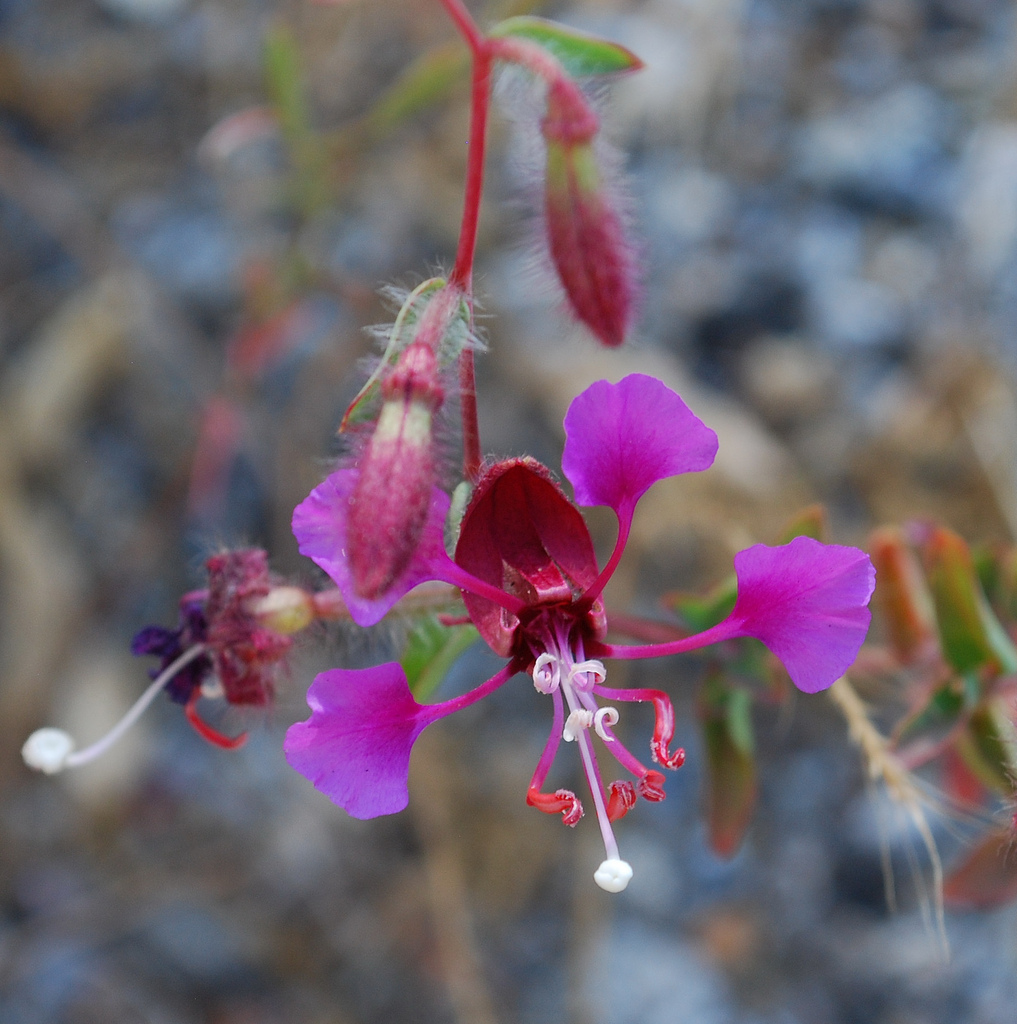
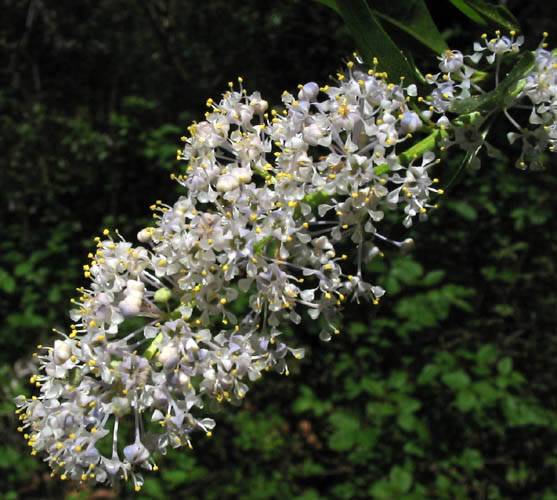
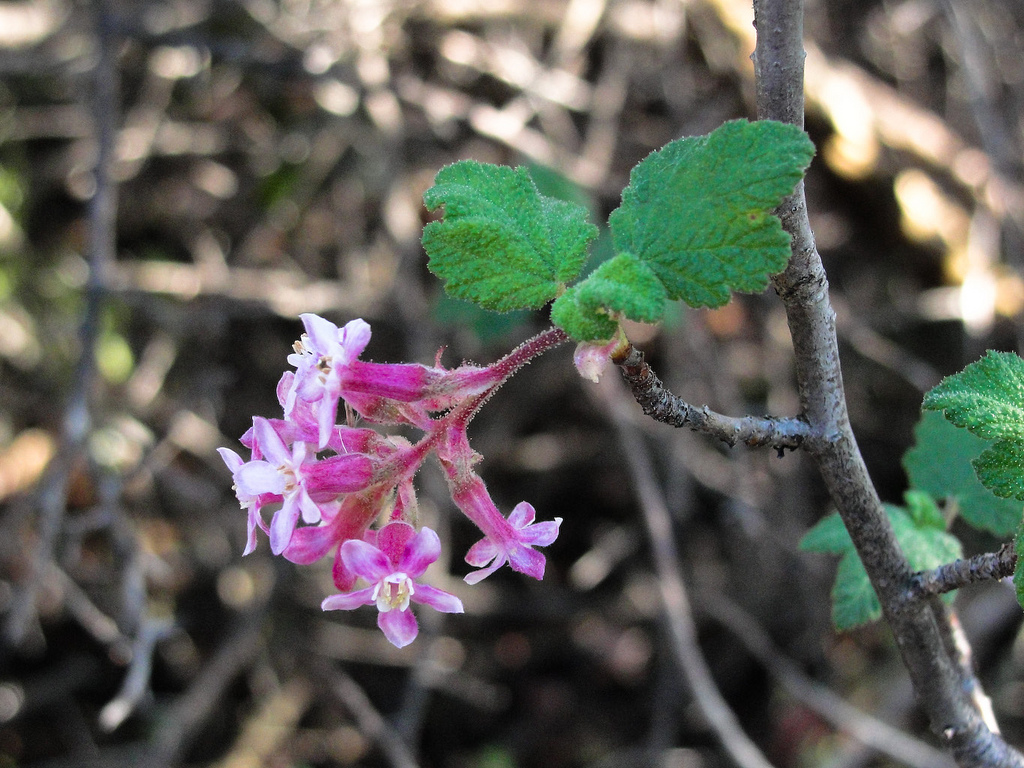
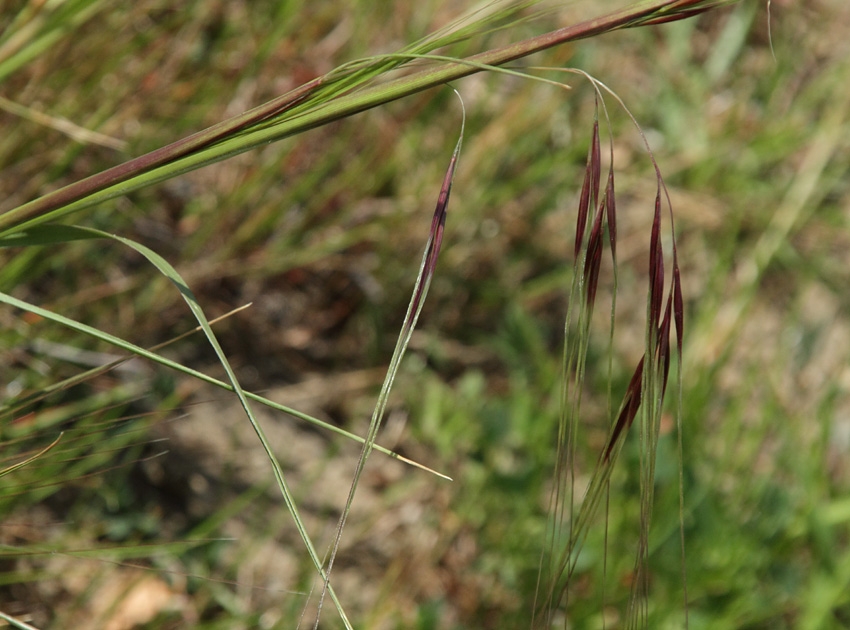
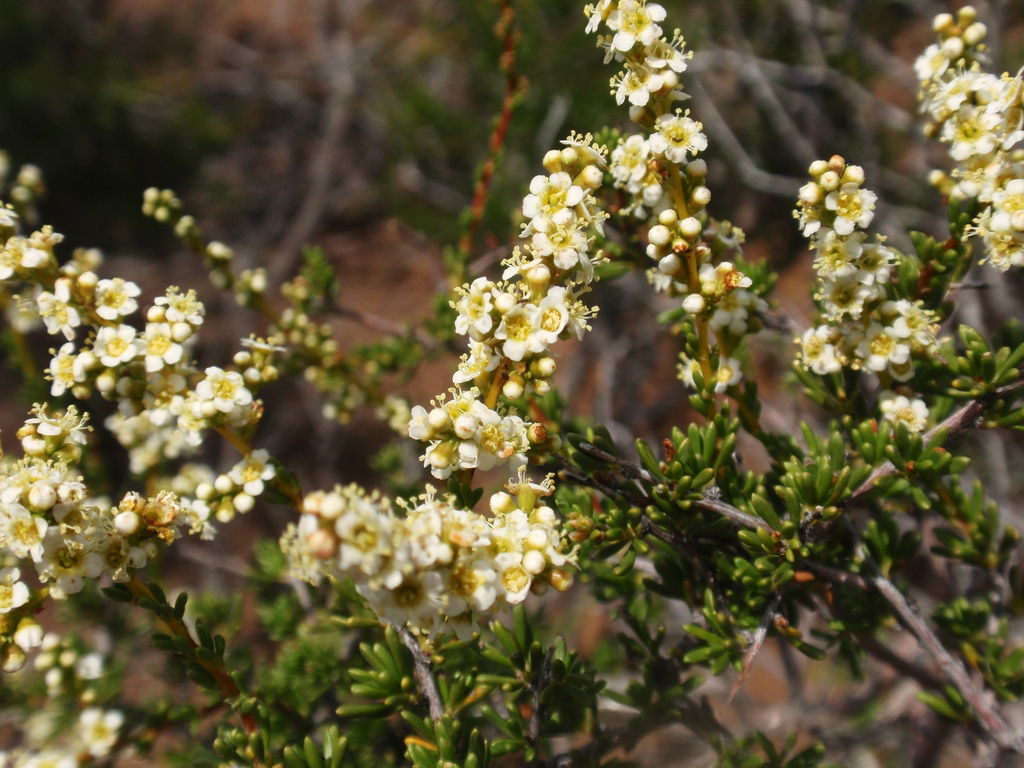
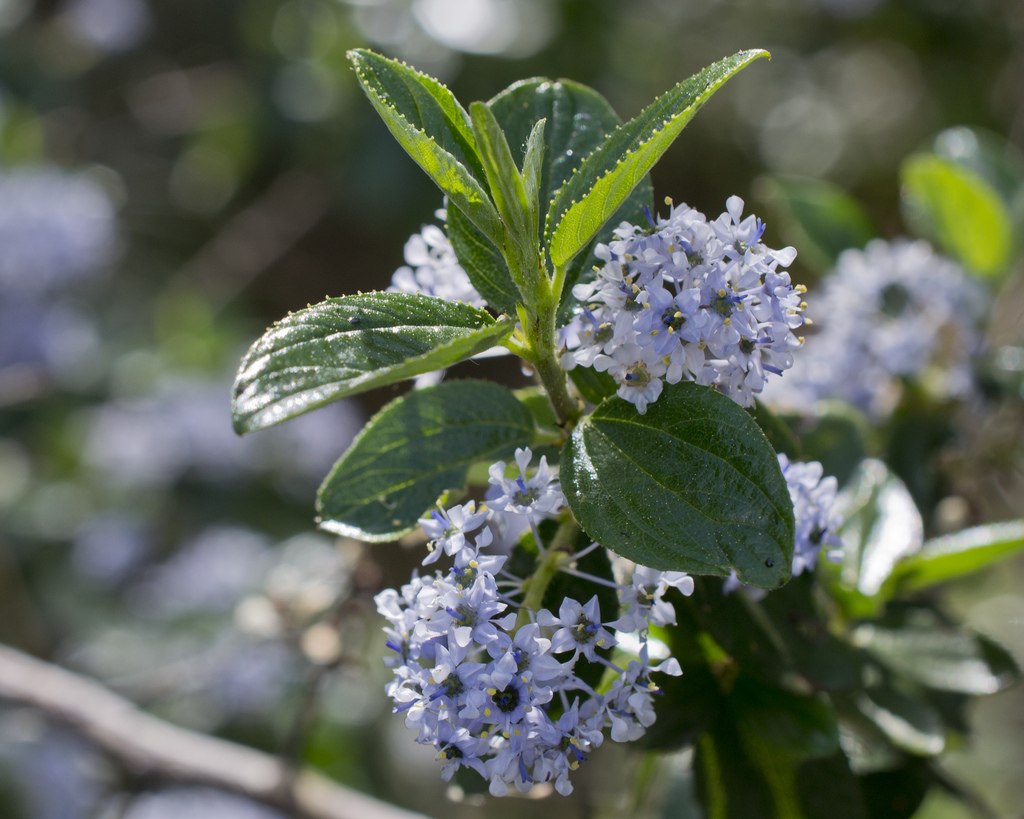
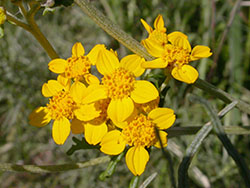 Golden yarrow is a shrub native to the California coastline and the Sierra Nevada foothills. It’s drought tolerant but requires monthly watering to ensure abundant blooms and preserve foliage. It’s a perfect companion to Texas paintbrush.
Golden yarrow is a shrub native to the California coastline and the Sierra Nevada foothills. It’s drought tolerant but requires monthly watering to ensure abundant blooms and preserve foliage. It’s a perfect companion to Texas paintbrush.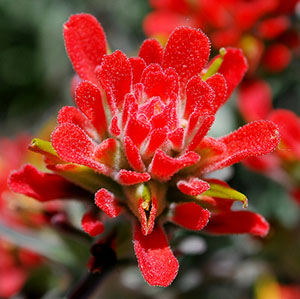 Texas paintbrush blooms in spring and reseeds itself in autumn. The scarlet parts of the bloom aren’t petals or leaves. They’re called “bracts,” and they hide the actual flower, which is green and contains the seeds.The flower is often described as looking like a tiny pouch. Texas paintbrush tolerates drought well but will require a little water.
Texas paintbrush blooms in spring and reseeds itself in autumn. The scarlet parts of the bloom aren’t petals or leaves. They’re called “bracts,” and they hide the actual flower, which is green and contains the seeds.The flower is often described as looking like a tiny pouch. Texas paintbrush tolerates drought well but will require a little water.